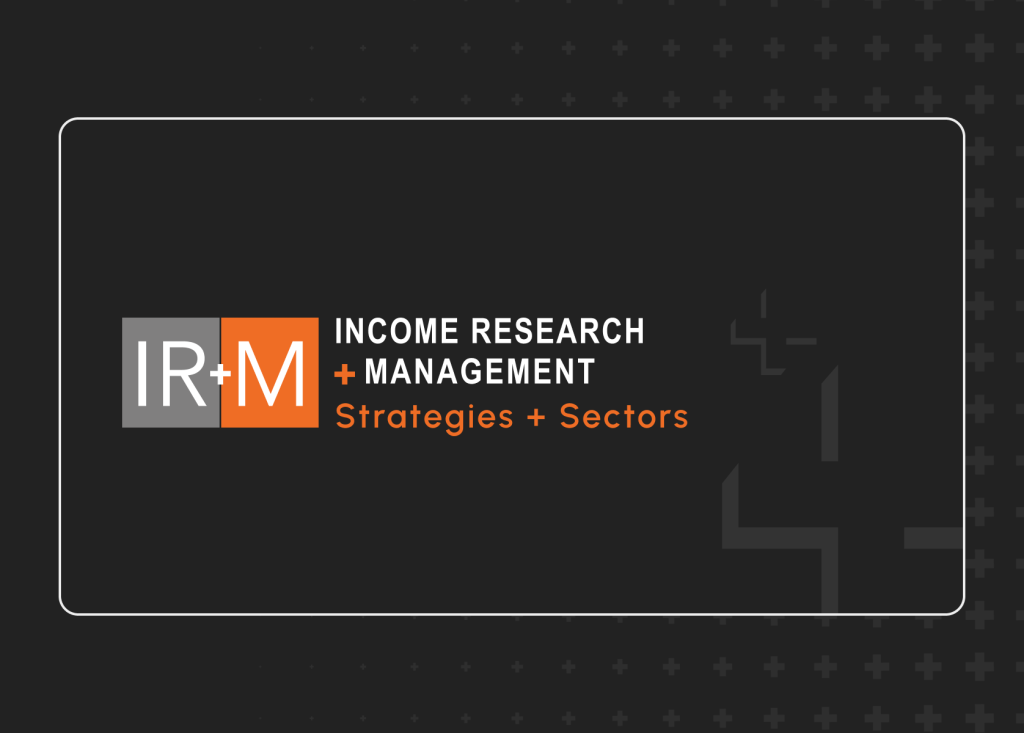Disruption is seemingly inevitable – and the pace of innovative disruption is only accelerating. Today’s management teams are faced with challenging capital allocation decisions. The Automobile industry is one of the best examples. New technologies can make work cheaper, faster, and more accurate. While automation, artificial intelligence, big data analytics, and the electrification of everything are still in the early innings, developments in these areas continue to make huge impacts. Winners have not yet been crowned, but management teams must create strategies to defend their market share and business models in the face of innovation. Companies that are slow to adapt will suffer.
How does disruption factor into how we think about credit risk and portfolio management? It comes down to risk vs. reward, and if we believe there is elevated disruption risk in a credit or industry, we should be compensated for it. A popular example of how technology can disrupt an entire industry was the advent of the automobile and its impact on buggies and buggy whips. What is today’s equivalent of buggy whips? Another consideration is the pace of disruption. If our view on how quickly an industry will decline differs from that of the market, that can create an investment opportunity.
In Ernest Hemingway’s book, The Sun Also Rises, a character, when asked how he went bankrupt, responds, “Two ways. Gradually, then suddenly.” The same can be said about a company’s disruption. Disruption themes are often discussed for years before slow-to-adapt companies are negatively impacted. Our analyst team often discusses how disruption will reshape sectors over the coming years. Our key observations are as follows:
- REITs (Real Estate Investment Trusts) – Did the pandemic mark the end of the office? Employees like the flexibility of working from home, but CEOs want their workforces back in the office. Landlords tout their spaces as ways for companies to collaborate, build culture and connect. Yet investors remain cautious. Since the pandemic began, equities of office REITs have underperformed as the return to the office has been slow. While most companies won’t completely abandon their offices, the hybrid work model appears here to stay. As a result, there could be greater demand for shared spaces, which could maximize employees’ collaboration, as well as increased emphasis on building amenities to attract or retain tenants. This shift will likely favor newer, energy-efficient office buildings at the expense of more dated assets that cannot meet evolving tenant demands. While this may not spell the end of the office, it could lead to a greater divergence in asset values amongst office quality types.
- Communications – Recent disruption discussions have been focused on the pandemic’s impact on supply chains, transportation and logistics, and the labor force. However, disruption in the Communications and Retail sectors, to name two, has been on investors’ radar for years. Consider disruption in the Cable and Media sectors. These sectors have been under pressure as consumers have abandoned traditional linear TV for streaming for direct-to-consumer platforms. According to S&P Global, the pace of cord-cutting has been modestly slower than forecasted thus far in 2021 — what else is there to do during a global pandemic other than binge-watch your favorite TV show?! The pay TV subscriber base faces 5-7% annual declines and audience ratings for linear TV are deteriorating at an alarming pace. Cable companies are experiencing declining revenue from pay TV subscribers, despite some offset from strong broadband (internet) growth. Media companies are also feeling the pain as advertisers cut back on this avenue of advertising. As a result of this changing dynamic, and the importance of increased scale, the pace of M&A activity in the sector has, and will likely continue, to increase. Recently, we have seen a handful of deals announced, from the WarnerMedia and Discovery Communications merger to Amazon’s proposed acquisition of MGM Studios, which could meet the demands of consumers in an evolving landscape.
- Autos – This sector is arguably facing the most impactful disruption from both electric and autonomous vehicles. Legacy auto original equipment manufacturers (OEMs), which have existed for a century, are now facing competition from large, well-capitalized Tech giants that do not have the challenges of a unionized workforce or internal combustion engine manufacturing facilities. Interestingly, as consumer preferences move towards emerging technologies, regulations are also shifting towards clean energy. In this environment, we would expect legacy OEMs with uninspired management teams and those resistant to change to fall behind. On the other hand, those that succeed over the medium to long-term will likely have to transform their business models at an unprecedented pace. Many of these activities are already in play and include heavy capital expenditures and research and development investments, first to market with electric vehicle/plug-in hybrid vehicle models, meeting emissions targets through 2030, and hiring and training a rapidly changing tech-enabled workforce.
These are but a few examples of disruptive risk and opportunity, although there are likely many more in other sectors we cover, including Retail, Diversified Manufacturing, and even Supermarkets. Often, ESG trends, changing consumer preferences, and regulation prompt disruption, as perhaps best exemplified by the Auto industry. It is an exciting time to be an investor as we work to identify tomorrow’s industry leaders, and those that will be left behind.



